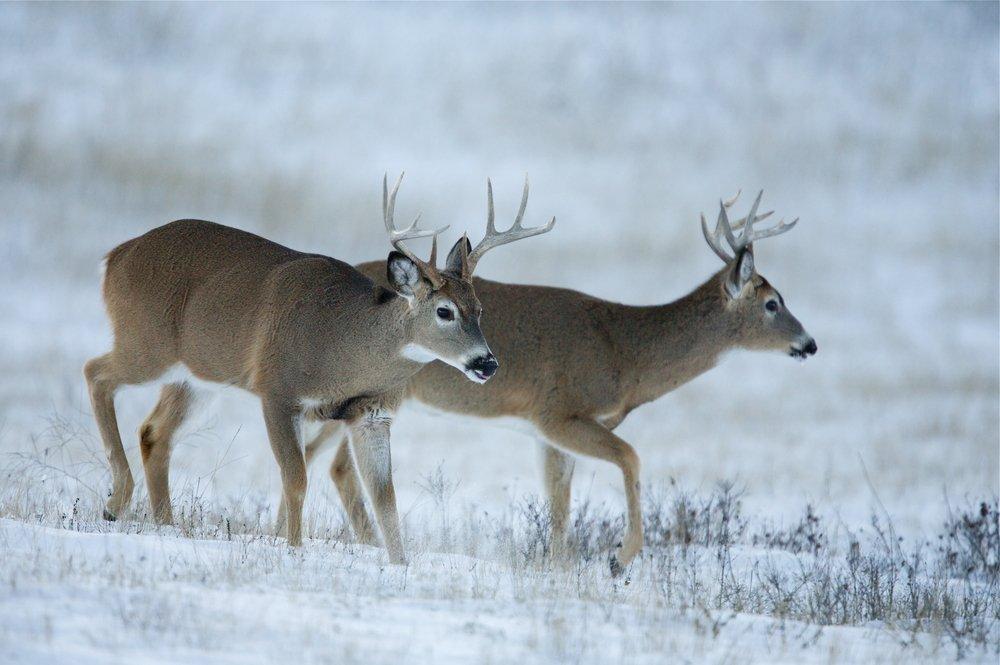Get Them Done Earlier Rather Than Later
The off-season is a time for work. It's a time for preparation. And if you aren't willing to do it, you could experience less success next season than you would have if you'd made an effort. Here are three interesting things to get done this off-season.
Set a Beaver-Pond Treestand
The perimeters of active beaver ponds are often great places to set treestands. Those that tend to run in a generally east-to-west configuration tend to be best, but most any will form a natural funnel along the edges that deer will follow. I like to place my stands alongside the area where the pond is widest and the hill slope is closest, since deer tend to like traveling the flatter ground area and avoid moving along a hillside there. But any buck that skirts along the hillside will often also be in range. And even after the beaver leaves and the pond drains, the lush meadows that form remain attractive to whitetails, and they often use the same trails they did when the pond was there.
Slip-Proof Your Stand's Platform
We're all concerned about treestand safety, and wearing a safety harness is a great start, but it's not the only measure hunters can take to reduce the chance of an accident. One of the more important ones is making your stand platform "slip-proof." As the weather gets colder, snow, ice, rain and even heavy dew can turn the platform into a proverbial skating rink. Although many manufacturers are using platform finishes that don't get as slippery as the older ones did, there's a simple way to make any metal platform less slippery and safer. Simply clean the entire platform top surface, using paint thinner. Then spray the surface with one of the slip-resistant epoxy paint coatings that contains a special grit. You'll still need to clean it of built-up ice and snow, but doing this will give your boots a surer, safer grip when that buck appears and you ease into shooting position.
Schedule Your Time Off
As a rule, bucks remain active throughout most of the day during the peak rut cycle, which is normally the second stage or cycle of breeding activity when the most does are in heat. Depending on the region of the country, this occurs in late October and early November in the northern climes, and in mid November and early December in the more southerly ones. For bowhunters, this is when they should be spending the most time possible in their stands. If your mind and body can stand it, packing some food and drink and remaining on stand from dawn to dusk would greatly increase your odds. However, don't use the same stand more than two days. Instead, move to another and rest the previous stand location(s) for a couple days to avoid contaminating it with accumulated human scent. The next best period is the third or last cycle, when only a few does come into heat. The lack of receptive does causes bucks to range farther and longer, seeking them. The downside is there are fewer bucks available since many have already been harvested, but some of the biggest are taken at this time. So make sure you get your time-off requests in. You don't want someone else at work to beat you to the punch, do you?
Don't Miss: 20 Deer Hunting Lies Your Granddaddy Told You
Editor's Note: This was originally published October 12, 2006.
Are you a deer hunter wanting to learn how to accomplish your goals? Check out our stories, videos and hard-hitting how-to's on deer hunting.








